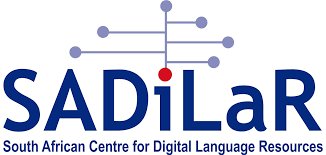The GF runtime, enabled by a GF grammar, makes it possible to parse natural language text to obtain an abstract syntax tree. Enter some text in the box below to see it in action. The tree is displayed visually, along with a Lisp-style text representation below it.
Due to the ambiguous nature of natural language and also the inherent limitations of computational modelling, usually more than one parse tree is associated with a piece of natural language text. The maximum number of parses to be returned by the grammar can be set using the selector below. Parses are weighted and returned in decreasing order - note that this tends to favour smaller trees. Click on the Next and Previous buttons to view all the parses.
The trees displayed here are abstract syntax trees, which represent a tecto-grammatical view of the sentence.
Try a random sentence:
Once you have a tree (perhaps from having parsed some text), this section allows you to edit its leaf nodes and see the resulting linearisations.
Note that the editing options appear in a depth-first order with respect to the tree, and not in the order that they may apply to the tokens in the linearised text.

Another way to edit trees is by changing the text itself. Note how changes to lexical items affect the morphology of the resulting linearisation. With large lexica, this interface can be somewhat slow.


